Harnessing the power of seasonal colour analysis this Spring

With a new season underway, there’s never been a better time to give your wardrobe a much-needed refresh. But as the fashion industry becomes increasingly saturated, it can be hard not to feel overwhelmed by the sheer amount of choice.
Luckily, harnessing the power of colour through seasonal colour analysis can be an incredibly useful tool to help you make the most of your unique features and find clothes that truly suit you.
It’s a technique that has seen a surge in popularity in recent years, pushing back against trend-led clothing and instead becoming renowned for its ability to streamline your wardrobe whilst enhancing your appearance and boosting confidence. Here’s everything you need to know about this game-changing technique.
The concept
At its core, seasonal colour analysis is all about finding the colours that share the same colour dimensions as the natural colour palette found in your skin, eyes and hair.
After determining which hues best complement your individual colouring, you will be placed into one of four seasons. Like the seasons of the year, each comes with its own unique colour palette, specifically designed to create harmony with your natural characteristics.

By understanding the undertones of your skin, hair, and eyes, you can determine which colours make you look most radiant and vibrant, and avoid those that may wash you out or clash with your features. Armed with this knowledge, you can then curate a wardrobe filled with colours that not only flatter your appearance but also reflect your personality and style.
There are plenty of online tools that claim to accurately determine your season, but for the best results, this is a process which needs to be done in person as it involves draping different coloured fabric swatches across your chest in natural light to see the effect each has on your appearance.
The method
In its most basic form, there are two main areas of focus which help to determine your season. Firstly, the natural undertone of your skin, hair and eyes – whether you have warm and golden undertones or are cool and ashy.
A common myth when it comes to understanding your undertone is whether or not you are tanned, with people often assuming that you must have a warm undertone if you have tanned skin but that’s simply not the case. The undertone of your skin goes far beyond your outer skin colour. Those with warm undertones will fall into either Spring or Autumn, and those with cool undertones are either Winter or Summer.
The second aspect is how light or dark your overall colouring is, in particular, your natural hair colour and how much contrast there is between your features. Likewise this isn’t about dyeing your hair and judging it by this colour, it’s important to look at your most natural colouring. Those with less overall contrast are typically Spring or Summer, and individuals who have darker hair or more contrasting features will be Autumn or Winter.

These are the basic rules at the heart of colour analysis, but there is much more nuance to this which is why in-person consultations are so important. In London, personal stylist Fleur Mandeville offers clients in-person colour analysis sessions, either individually or in groups, to help you find the colours which look most amazing on you. She believes the technique should be a tool, not a rule when it comes to influencing your personal style and helping you become more confident.
The seasons
Spring and Summer are the lightest of the seasons so those falling into either of these tend to have less overall contrast between features. Those who are Spring will have warm undertones, while by contrast Summer has a cool undertone. Famous Springs include Blake Lively and Leslie Mann while Emily DiDonato and Emily Blunt are both Summers.
|
|
While people with higher contrast tend to be either Autumn or Winter. Winters are the most intense of the seasons with cool undertones and high contrast, while Autumns are more warm and muted but with the same intensity. Some of the most famous Autumns include Gigi Hadid and Ana de Armas, while Winters include Courteney Cox and Alexandra Daddario.
|
|
The benefits
There are countless benefits to colour analysis. First impressions are often formed within seconds of meeting someone and the colours we wear can play a significant role in how others perceive us. By choosing colours that enhance our appearance and natural features, it can have a profound impact on creating a memorable impression while boosting our confidence and self-esteem.
It can be an essential tool to building a versatile wardrobe filled with pieces that perfectly complement our colouring, helping to reduce time and effort spent on outfit planning. Additionally, knowing which colours to avoid can help people steer clear of purchasing items that are unlikely to be worn or enjoyed.
Ultimately, colour analysis is all about celebrating and embracing individuality. Just as no two people are alike, no two colour palettes are identical. By choosing colours that make us look and feel our best, we can celebrate our own unique beauty through our clothing and personal style.
Alexandra Davis
Book your colour analysis session with Fleur, and pair it with her other services including Wardrobe Edits and Personal Shopping sessions, by visiting her website or emailing fleur@finestyling.co.uk.



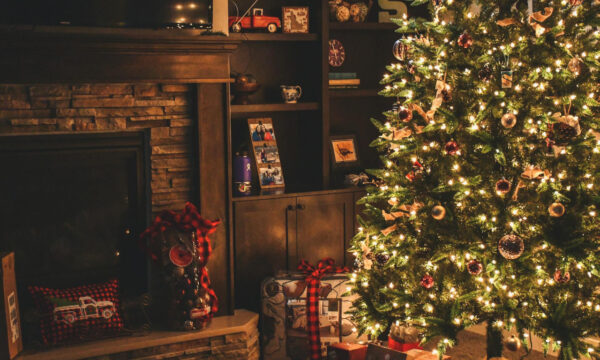
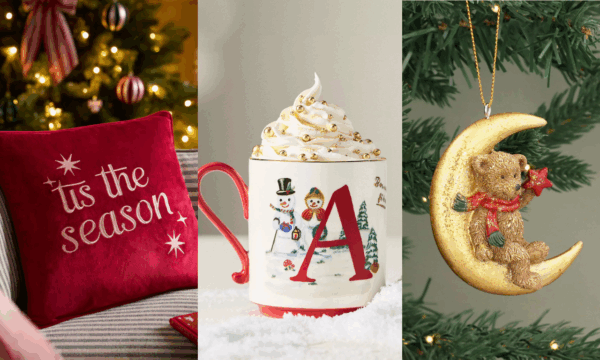
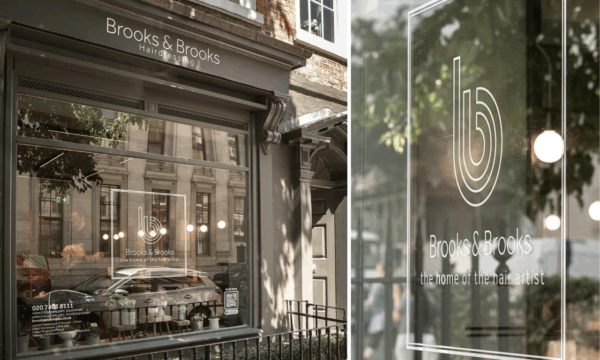
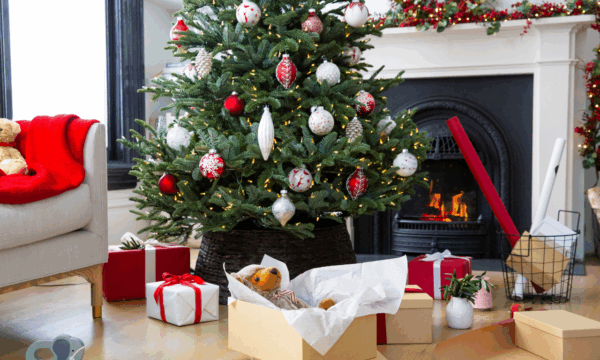
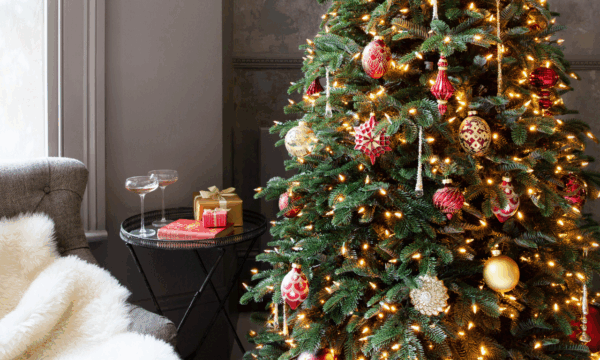
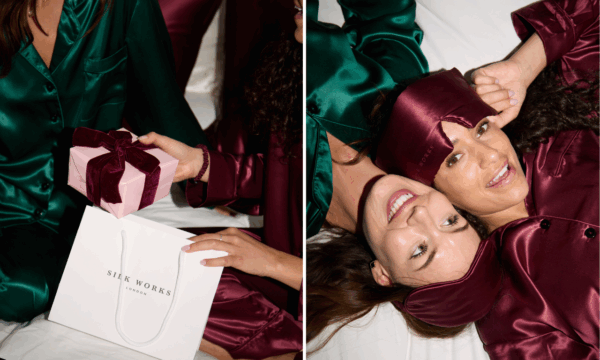

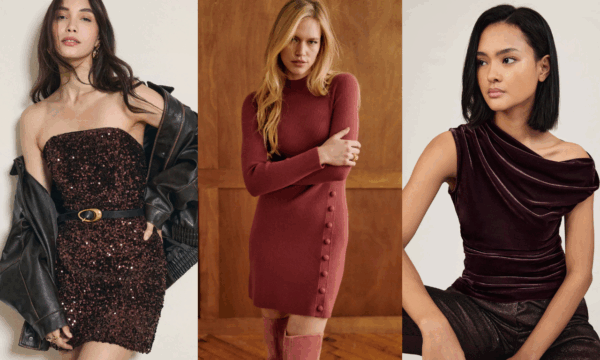

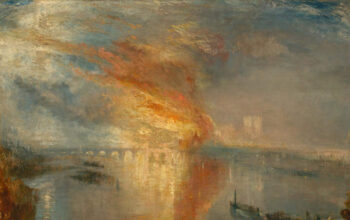



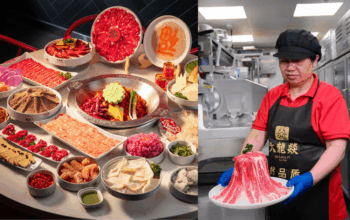









Facebook
Twitter
Instagram
YouTube
RSS